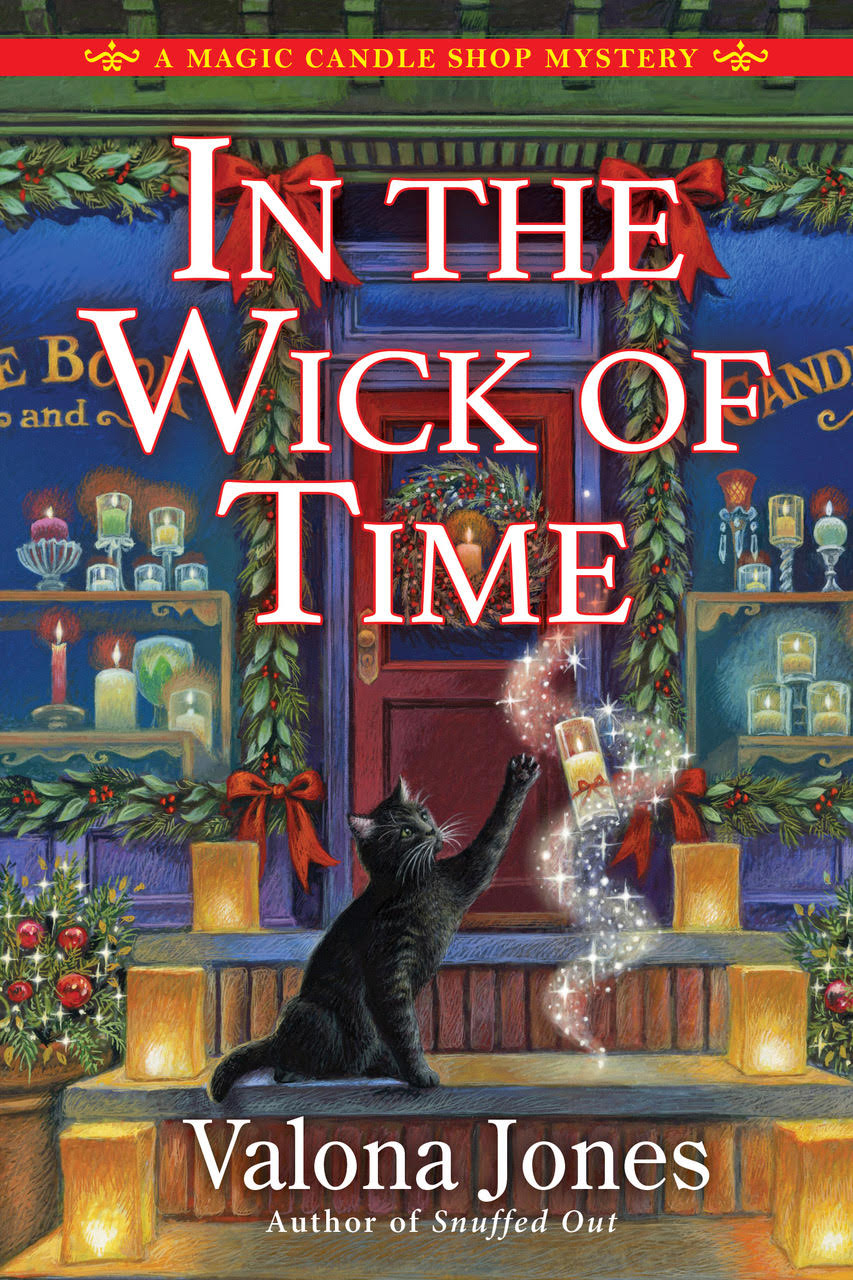Writing Romance In Your Mystery and Vice Versa
This article first appeared in the October 2010 edition of First Draft, the newsletter for the Guppy chapter of Sisters In Crime.
The realm of mysteries has clearly defined categories. There are thrillers, cozies, police procedurals with hard-boiled detectives, paranormals, and more. Authors stretch the mystery genre to make it their own by adding elements such as arts and crafts, animals, ghosts, music, vampires, and busy-bodies, to name a few.
But what happens when an author blends a hearty dose of romance into the mystery world? Does that change the classification of the book for editors and bookstore placement?
Maybe, or maybe not, depending on the amount of romance added. An established genre already exists within the romance world for books which combine elements of suspense and danger with romance – romantic suspense. What’s the difference between a romantic suspense and a mystery with romance? Is there a solid black line separating the two kinds of books?
To answer that question, we must put on our editorial hats and determine the driving force of the book, the romance or the mystery. Full length books invariably contain supportive subplots, such as a secondary mystery or a secondary character romance, which further cloud the “what is it” book genre. Let’s examine the genres of romance and mystery in more depth.
Romantic suspense
Romance readers expect interpersonal conflict in the story. They enjoy traveling along with the hero and heroine (or the main characters if it is a same sex love story) to experience the emotion of falling in love. They worry if the couple will overcome their trials, they rejoice when the couple finally gets it together. The given in romances is the happily ever after resulting from the triumph of love. That’s true no matter which genre of romance you read.
Additionally, romance readers expect certain settings. They read within their comfort level for sensuality, religion, and danger.
In a romantic suspense, the love story between two characters is the over-arching story line. Suspense elements raise the stakes for the main characters, placing obstacles in their paths, oftentimes threatening their lives. Finding love and committing to each another provide the happily ever after and conclude the story momentum for a romantic suspense. The danger element, though integral to the plot and highly entertaining for the reader, will usually conclude first.
For example, in MUDDY WATERS, my October 2010 romantic suspense release, a hometown girl and a bad boy search for a missing inheritance. A villain who’ll stop at nothing is determined to have the hidden fortune. Roxie and Sloan fight their attraction at first. When circumstances push them together, they act on their attraction. Later, their original story goals force them apart, though each realizes they’ve given up more than they’ve gained. Circumstances intervene again, pushing them together, forcing them to reexamine their choices, and they choose love and a happily ever after.
The mystery of the missing inheritance in MUDDY WATERS raises the stakes of the story for the characters. It adds conflict by planting suspicion about the main characters in each other’s minds. The danger presented by the villain adds stress and tension to an already volatile situation. But, the question of “where is the treasure” is less important than will they find true love.
To write a romantic suspense, the majority of the scenes relate to the romance, a lesser amount of the scenes will boost the suspense. A rule of thumb that is often quoted in the romance world for a romantic suspense is that the blend is about 60 percent romance and 40 percent suspense. A story with a higher percentage of suspense will cross genre boundaries into the mystery world.
Mystery with romance
Changing gears, a mystery with a strong romance subplot will devote more scenes to the mystery and less to the developing relationship. Depending on the mystery genre, sex and violence may occur off-screen, so that the author builds up to the moment and then allows the reader to use their imagination to fill in the blanks.
Within a mystery, a protagonist, the story lead, actively seeks an answer to a crime or puzzle. The antagonist, or the villain of the piece, can be a known threat with no proof of wrongdoing or he/she may be an unknown, acting in such a concealed way that the reader tries to determine who-dun-it before the protagonist solves the puzzle. Authors throw in red herrings to misdirect the protagonist and the reader and to heighten the story tension. The driving force in a mystery is finding the answers the protagonist needs.
Adding a romantic relationship to a mystery often raises the stakes for the protagonist. He/she is torn by wanting to protect the other person and fearing that the other person’s motives are suspect. The romance adds emotional depth to the lead character, forcing him/her to act out of his/her comfort zone, and increases the level of story conflict.
In series mystery with a romance subplot, even if the protagonist finds comfort or happiness in a relationship in a story, that partnership is doomed to have severe ups and downs in subsequent books. The romance will continue to serve as a means of conflict because conflict drives a story.
For example, in the first book of my Cleopatra Jones mystery series, IN FOR A PENNY, while Cleo tries to prove her best friend didn’t kill the banker, she explores the attraction of the golf pro. Solving the mystery drives the book, so that when the real killer is exposed, the story momentum ceases. The romance in this story adds conflict by forcing Cleo to juggle her teenaged daughters, ex-husband, mother, and a St. Bernard in order to go on a date. That first book establishes the attraction of Cleo and Rafe, but there is no promise of a happily ever after.
The second book of the series, ON THE NICKEL, a March 2011 release, has Cleo trying to prove her mother didn’t run over the church lady, when her mother’s car is proven to be the murder weapon. Clearing her mother’s name by finding the killer is the main plot of this book, which lands it firmly in the mystery genre. However, Cleo and Rafe continue to date, with the inherent problems of two busy people not having enough time for each other and Cleo’s ex-husband who wants her back. Again, though romance is present in the story, it occurs around the framework of the mystery, and once again, no happily ever after is promised.
Love and murder
To recap, a mystery with a strong romance subplot has the majority of the scenes devoted to figuring out who-dun-it and how they did it; the romance subplot adds tension and conflict to the story but does not promise everlasting love. A romantic suspense is driven by the love story between two individuals; the suspense subplot adds to the conflict and tension of the story by forcing the characters to make choices under pressure.
A happily ever after is implied or stated in a romance novel.
A sense of justice is served, along with a triumphant protagonist, accompanies the ending of a mystery. Both endings are satisfying to readers. To determine if your book is a mystery with romance or a romantic suspense, define the main plot and ensure that the majority of scenes are devoted to that story line.
The balance point for one author
The best thing to do is to write a great book that fits squarely in one genre. However, if you’re like me and your stories come out a blend of romance and mystery elements (or other genres blended with mystery), rest assured that it is still possible to get published, but most likely you will have to work harder to find the right publisher.
When I first began marketing my work, I received mixed criticism, until finally one day an editor asked point-blank if the story was a romance or a mystery. I popped right up with an answer, “It can be whatever you want it to be.” Imagine my surprise when the editor came right back with, “What do you want it to be?”
That was an eye-opener. Editors don’t have time to tell you what your story is. Going back to my story, I made an Excel spreadsheet and noted which scenes supported the mystery plot and which supported the romance plot. The split was about 50-50, but the blend was bad, with the romance scenes frontloaded and the mystery scenes backloaded, which led to an aha moment.
Clearly, I had work to do. I moved scenes around, changed them up, and when I was finished slicing and dicing, I had a romantic suspense which became my first published book, HOUSE OF LIES.
Yes, it’s important to make your characters three-dimensional, but it’s equally important for the author to exert firm control so that each segment builds upon both plots. I guided the story with the same mindset as disciplining a small child. A firm stance and positive reinforcement for getting it right goes a long way toward training yourself how to write marketable books.
Keeping it fresh
Though this advice is for blended genre authors, these tips should come in handy each time you sit down to compose or edit. Every sentence you write should be the very best you can make it. Don’t think to yourself that my writing is better than a crappy published book I read the other day; make sure it’s as good as a great book you recently enjoyed.
Find a way to keep yourself on task as you write or edit so that your finished product is a better fit for an already established genre category. Failure to write to an established bookselling category, unless you are the next J.K. Rowling or Diana Gabaldon (authors who broke the rules and still made it big), will result in a file folder full of rejection letters. Once you break in, you will find that published authors have slightly more leeway to bend the rules.
Conflict is the story engine in fiction. Whether you are writing a mystery series with a romance subplot or a romantic suspense series, each book must delve into a new aspect of interpersonal conflict. Tension can arise from the setting (his house or hers), from their immediate family (nothing like kids and pets to add spice to your characters’ lives), from extended family (a relative in need of food, shelter, or money), from their careers (no time for fun), or even from the couple’s disparate viewpoint on long-term commitment.
The spreadsheet idea works well for authors who are more typically known as “plotters,” because they tend to work well from an outline. Authors who are “pantsers,” as in they write without much pre-writing routine, may respond better to different methods of tracking the story scenes. Pantser friends of mine have used brightly colored sticky notes or note cards to help get them organized after they spit out the first draft.
All over but the shouting
When it comes down to it, I enjoy writing both types of stories. That dichotomy makes me a mystery author and a romance author, but most of all, it makes me a storyteller.











